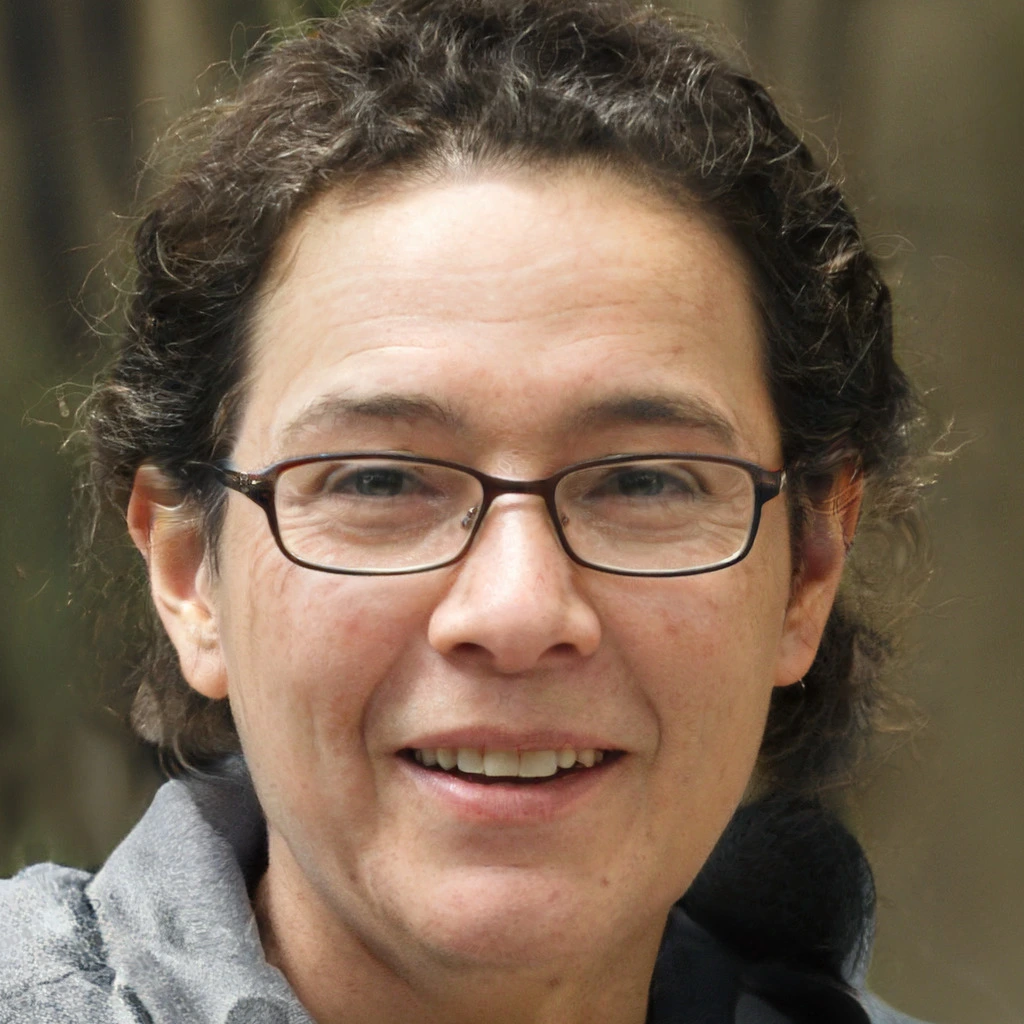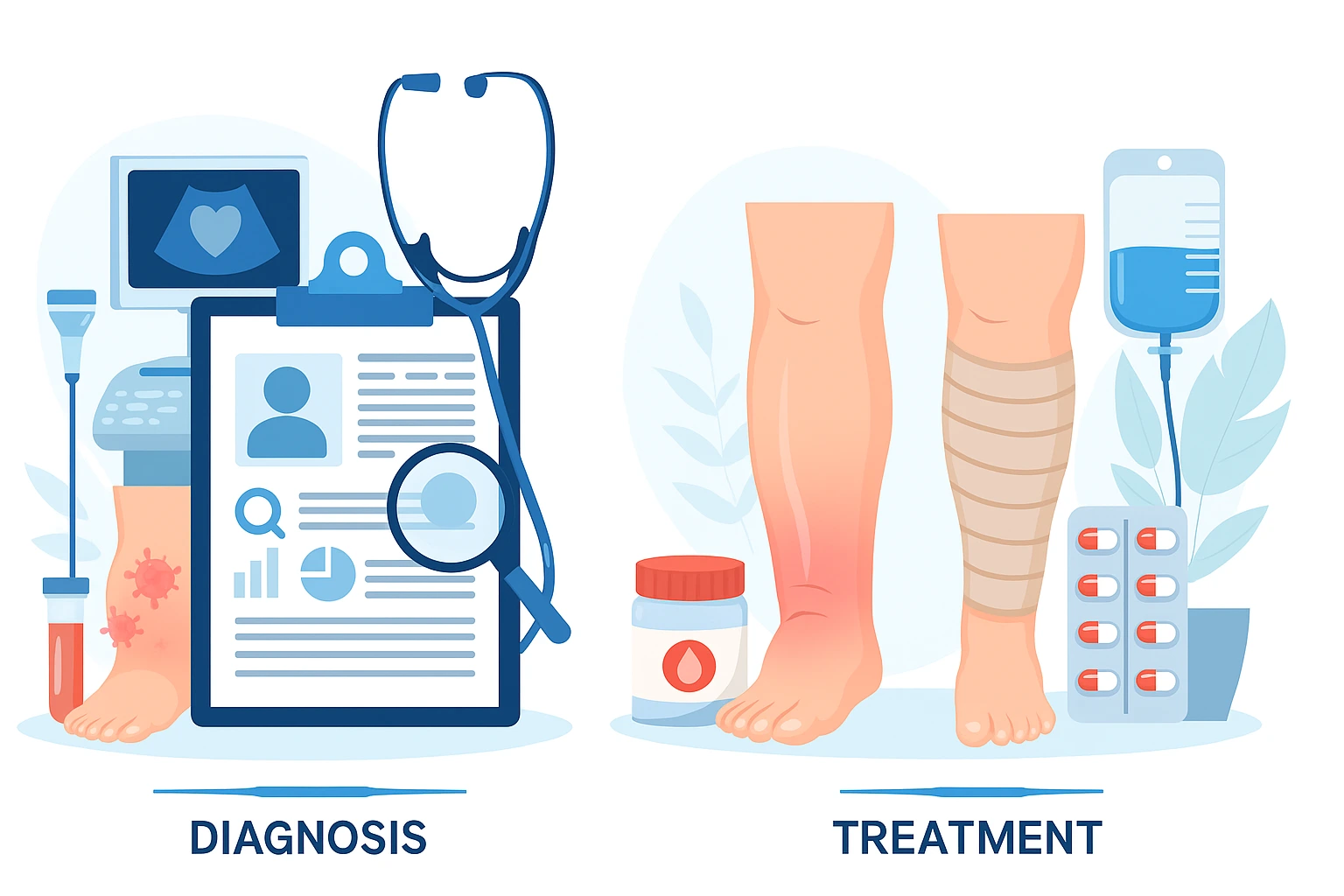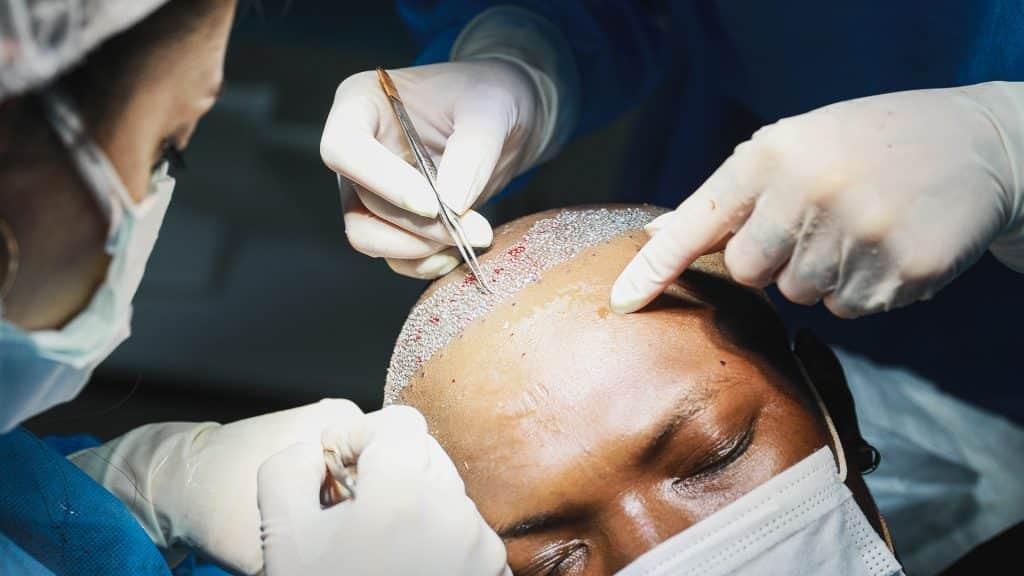Few would deny that pancreatic cancer holds the position among the most aggressive types of cancer, with a five-year survival rate of less than 12%. Even if similar in range to breast or lung cancer in rare occurrences, it remains undetected until it becomes too late for great intervention, thus dubbed “the silent killer.” This post explores in-depth to understand what pancreatic cancer is, why its early detection is very important, and what the current research suggests for combating pancreatic cancer.
Why Pancreatic Cancer Matters
Pancreatic cancer is rarely recognized—until it becomes recognized. It makes up almost 3% of all cancers in the United States, yet causes about 7% of all cancer deaths. Most of this difference is due to late diagnoses and the aggressive nature of the tumors. Early symptoms can be vague, such as abdominal pain, fatigue, or unexplained weight loss, and many are not diagnosed until the cancer is at stage III or IV, thereby limiting treatment options.
This creates an enormous need for awareness, education, and early screening. It is essential.
Understanding the Key Facts and the Benefits of Awareness
What Is Pancreatic Cancer?
Pancreatic cancer starts within the tissues of the pancreas gland, situated behind the stomach, which is vital in digestion and regulating blood sugar. Most cases fall into one of two categories:
- Exocrine tumors (about 95%): Often adenocarcinomas, these affect the ducts or cells that produce digestive enzymes.
- Endocrine tumors: Also called pancreatic neuroendocrine tumors (PNETs), these are rarer and grow more slowly.
Why Early Detection Saves Lives
Early detection is life-saving, with a Stage I diagnosis having an upward forecast of 39% for the five-year survival rate, but it drops sharply as the pancreatic cancer spreads.
Beware; thus, the risks and symptoms are the early signs of early detection. If there is nagging fatigue, jaundice, or new-onset diabetes, then consult a physician.
How to Navigate Pancreatic Cancer: A Step-By-Step Approach
1. Know the Risk Factors
- Family history of pancreatic or other cancers
- Smoking and heavy alcohol use
- Obesity and a sedentary lifestyle
- Chronic pancreatitis or diabetes
2. Symptom Recognition
- Jaundice (yellowing of skin or eyes)
- Pain in the middle back or abdomen
- New or sudden weight loss and loss of appetite
- Dark urine or light-colored stools
- New or worsening diabetes
3. Screen If At Risk
- MRI and endoscopic ultrasound for those at risk due to family history
- Genetic testing if one harbours mutations of BRCA1, BRCA2, or PALB2
4. Consider Treatment Options
- Surgical options (Whipple procedure, total pancreatectomy)
- Chemotherapy (Gemcitabine, FOLFIRINOX)
- Radiation therapy
- Targeted therapies and immunotherapy (still in clinical trials)
Real-World Example: Ruth’s Journey
Ruth, a 52-year-old teacher, had been feeling weak and tired with uncommon weight loss. Her doctor first considered depression, but later on, some serious investigations revealed a case of stage II pancreatic cancer. Thanks to the early diagnosis, the Whipple procedure, and chemotherapy, Ruth has taken an accepting and rejecting stance on whether antidepressants yield good landmark studies on postoperative pain, premenstrual symptoms, or any. Her story emphasizes the importance of not labeling vague symptoms or dismissing them.
Practical Tips and Advice
- Watch your body. When you feel vague or persistent symptoms, do not ignore them.
- Seek a second opinion. Diagnosing pancreatic cancer can be complicated and sometimes misdiagnosed.
- Build a medical support team. Include oncologists, gastroenterologists, and nutritionists.
- Stay current. Clinical trials and new therapies are on the horizon—stay informed.
- Join a support group. Groups like PanCAN (Pancreatic Cancer Action Network) offer some measure of emotional and logistical support.
Common Mistakes to Avoid
- Ignoring vague symptoms: Delays in diagnosis can consume much time while assuming fatigue or stomach pains are “nothing.”
- Not getting screened if there is a family history.
- Not exploring second-line therapies: If first-line treatment doesn’t work, options still exist.
- Relying solely on one doctor’s opinion: Specialist input can make a big difference.
What’s on the Horizon for Pancreatic Cancer?
Updates to Watch For
- Liquid biopsies are less invasive and have been making great strides in detection.
- Immunotherapy trials: Though they do not yet yield strong fulfillment as in melanoma or lung cancer, they serve as a trickle of hope with studies such as CheckMate 8-Panc.
- AI diagnostics: Soon, it may be possible for an AI-powered application to identify subtle changes that a human eye could miss in the imaging process before any symptoms appear.
Researchers are further working on personalized treatment approaches with genetic profiling to target treatments better for each patient’s tumor.
Final Thoughts and a Call to Action
Pancreatic cancer remains the most severe medical challenge, but awareness can alter outcomes. Those who understand risks, recognize symptoms, and act quickly may save lives. Every day brings hope with advancements in treatments and early detection tools getting better.
Never let symptoms worsen. If you or someone you know is at risk, seek medical attention. Share this information. Support awareness initiatives. And most importantly, stay informed.
For more updates on cancer research and prevention, subscribe to our newsletter or explore our in-depth health resources.




